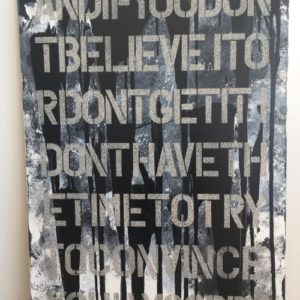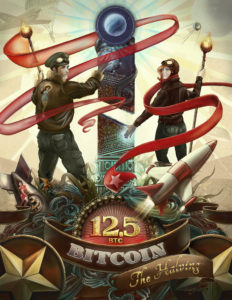Announcing Another VooGlue Site
VooGlue has a New Site opened this week.
The Rosary exhibition space in Dalkeith, Perth now has a selection of VooGlue artworks on permanent display, where visitors can use VooGlue to view the artwork videos and purchase the right from their mobile device.
As VooGlue content is added it will show on the VooGlue map, so users can easily find nearby VooGlue content. For the art sector this is exhibition spaces, art galleries, artists studios, street art locations, and art in public spaces. Just go there, open the app, point your phone camera and ‘voila’ !
















